
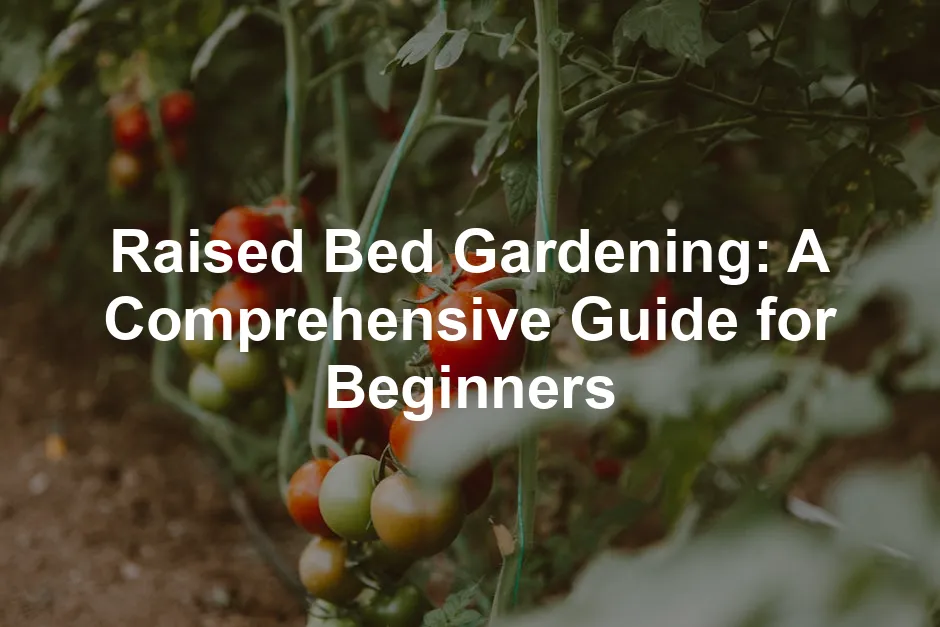
Raised Bed Gardening: A Comprehensive Guide for Beginners
Introduction
Have you ever thought about starting a garden but felt overwhelmed? Raised bed gardening is a fantastic solution! This method involves creating elevated planting areas filled with soil, allowing for better control and growth of your plants.
Raised beds offer numerous benefits, including improved soil quality, easier access, and longer growing seasons. If you’re ready to transform your gardening experience, let’s dive into the essential practices and tips for raised bed gardening!
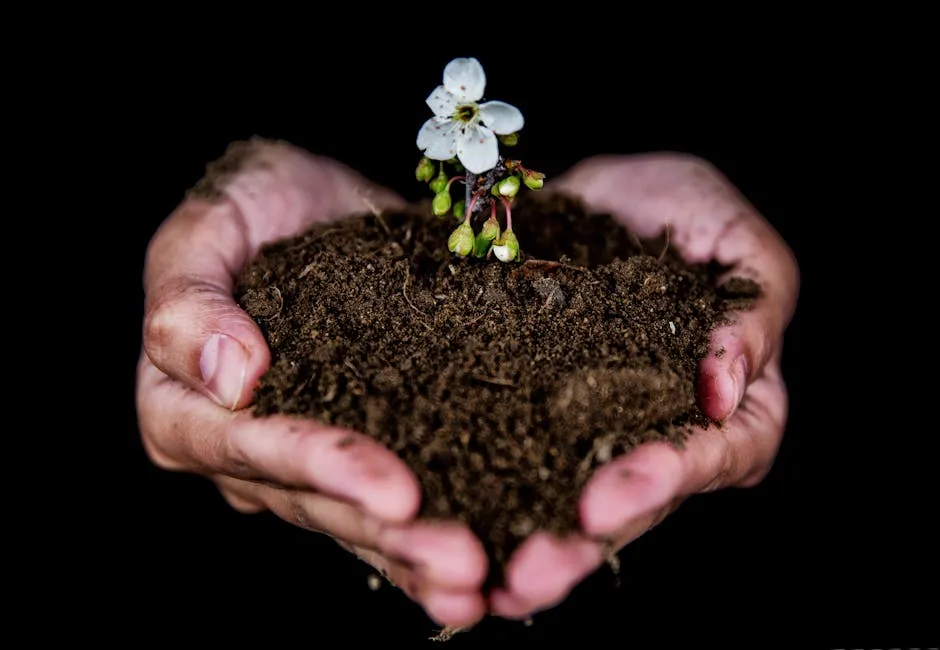
Exploring raised bed gardening can enhance your gardening experience significantly. Learn more about tips and tricks for raised bed gardening.
Summary and Overview
Raised bed gardening is a technique where soil is raised above ground level, typically enclosed by a frame. This method has been around since ancient times, used to cultivate vegetables and flowers effectively.
The benefits of raised beds are plentiful. They improve soil drainage, reduce weeds, and allow for better pest management. Additionally, they can be made from various materials, including wood, stone, and metal.
Soil quality is crucial in raised bed gardening. Regular maintenance ensures nutrient-rich soil for your plants. However, there are common pitfalls to avoid, such as overcrowding plants or neglecting soil health. Understanding these aspects will lead to a successful gardening experience.
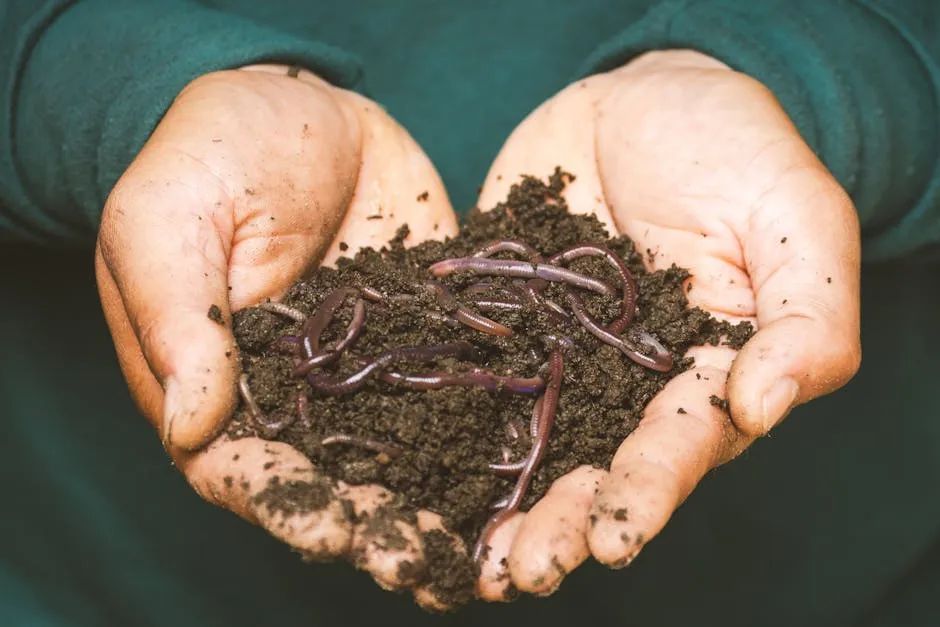
If you’re looking to enhance your soil quality, consider using Organic Compost. It’s a great way to enrich your soil and boost plant health.
Why Choose Raised Bed Gardening?
Benefits of Raised Bed Gardening
Raised bed gardening comes with a variety of advantages that make it a popular choice among gardeners.
Enhanced Soil Quality: The soil in raised beds is usually looser and richer. This promotes healthy root growth and improves drainage.
Extended Growing Season: Raised beds warm up faster in spring, allowing for earlier planting and longer harvests.
Accessibility: For those with mobility challenges, raised beds can be built at a comfortable height, reducing the need to bend over.
Reduced Weed Competition: The defined space of raised beds minimizes weed growth, making maintenance easier.
Aesthetic Appeal: Raised beds can add charm to your garden. They allow for creative designs that beautify your outdoor space.
Structural Flexibility: You can build raised beds in various shapes and sizes, tailored to fit any garden layout.

In conclusion, raised bed gardening is an excellent way to grow your own food while enjoying the benefits of improved soil conditions and easier maintenance. Are you excited to learn more about how to start your own raised bed garden? Let’s get started!
To kick-start your journey, consider a Raised Garden Bed Kit that suits your space!
Potential Drawbacks
While raised bed gardening offers many advantages, it’s essential to consider a few drawbacks.
First, the initial costs can be higher. Materials for building raised beds, such as untreated wood or stone, can add up quickly. If you’re on a tight budget, this might be a concern.
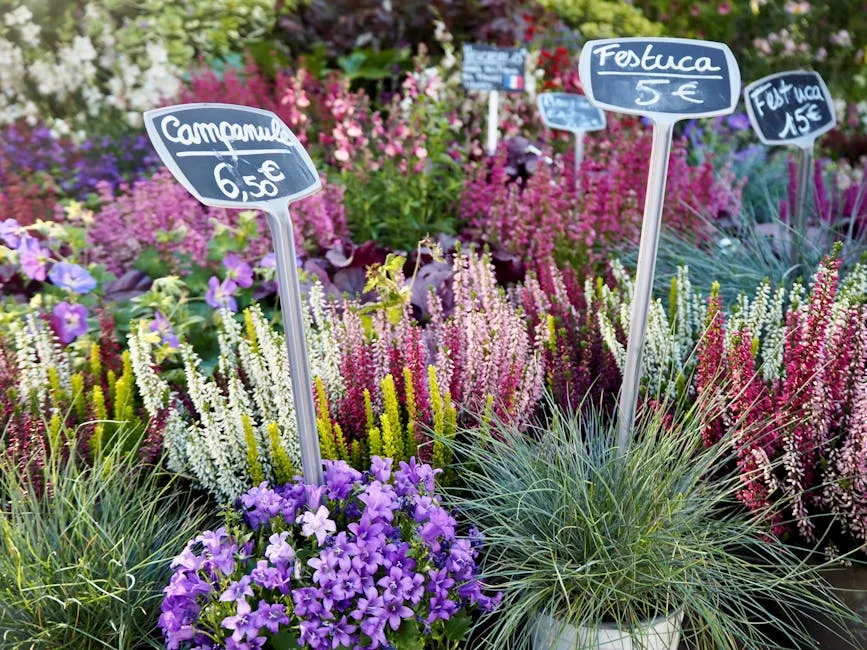
Second, raised beds often require more watering during hot weather. Since the soil is elevated, it can dry out faster than in-ground gardens. You’ll need to monitor moisture levels closely, especially during summer.
Lastly, raised bed gardening limits crop rotation options. Because beds are often dedicated to specific plants, rotating crops becomes tricky. This can lead to soil nutrient depletion and increased pest issues if not managed properly. Understanding crop rotation can help mitigate these issues.
Considering crop rotation is essential for maintaining soil health in your garden. Learn more about crop rotation for healthier vegetables.
Weighing these potential drawbacks against the benefits is crucial for successful gardening. Are you ready to make an informed decision about raised bed gardening? Let’s move on to planning your garden!
Step-by-Step Construction Guide
Building your raised bed is an exciting project! Start by preparing the ground. Clear away any grass or weeds in your chosen area. Use a shovel to level the ground. A flat base ensures stability and helps with drainage.
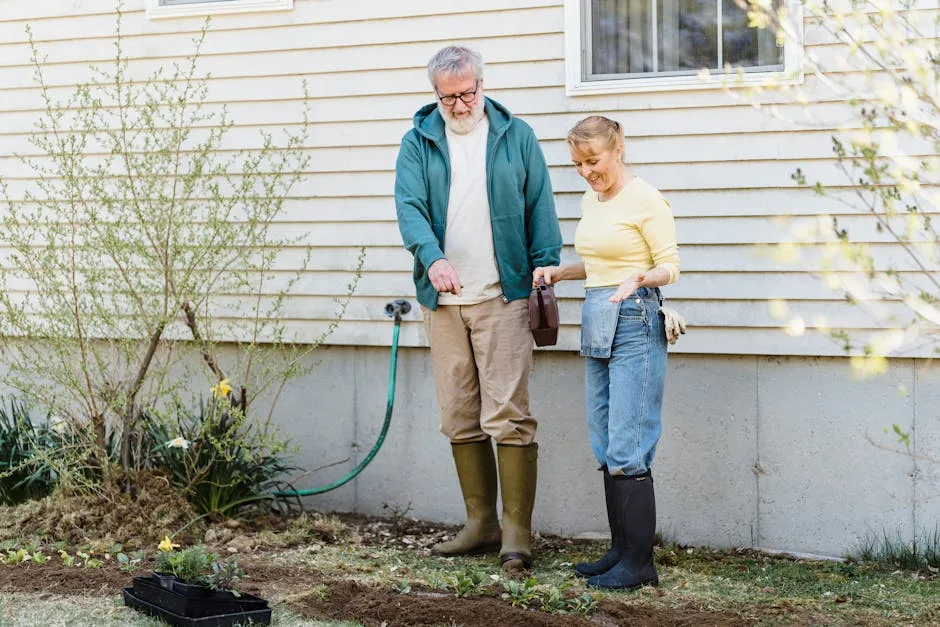
Next, it’s time to build the frame. You can use untreated wood, bricks, or concrete blocks. Cut the wood into your desired lengths. Assemble the frame by connecting the corners with screws or brackets. Make sure everything is secure. A sturdy frame will last for years.
Once your frame is in place, fill it with soil. A good mix is essential. Combine equal parts of topsoil and compost for a nutrient-rich blend. This mix promotes healthy plant growth and ensures proper drainage. Pour the soil into the frame, leaving some space at the top for mulching later. With these steps, your raised bed will be ready for planting!
Don’t forget to equip yourself with the right tools! A Garden Trowel Set is an essential addition to your gardening toolkit for planting and maintenance!
Soil and Planting
Best Soil Mix for Raised Beds
The right soil mix is key to a thriving raised bed garden. A recommended composition is 50% topsoil and 50% compost. This combination provides essential nutrients while maintaining a loose texture. For more information on soil amendments, check out the best soil amendments for vegetable gardens.

Choosing the right soil mix is vital for your garden’s success. Explore the best soil amendments for vegetable gardens.
Good drainage is vital for plant health. Heavy soils can lead to root rot, so ensure your mix allows water to flow freely. If your mix becomes compacted, consider adding Perlite for Soil Aeration for improved structure.
It’s also wise to amend your soil annually. Each spring, add fresh compost to replenish nutrients. This practice keeps your soil vibrant and productive. Remember, healthy soil is the foundation of a successful garden!
Plant Selection and Spacing
When selecting plants for your raised beds, consider your favorites! Vegetables, herbs, and flowers all thrive in this setup. Popular choices include tomatoes, lettuce, basil, and marigolds.
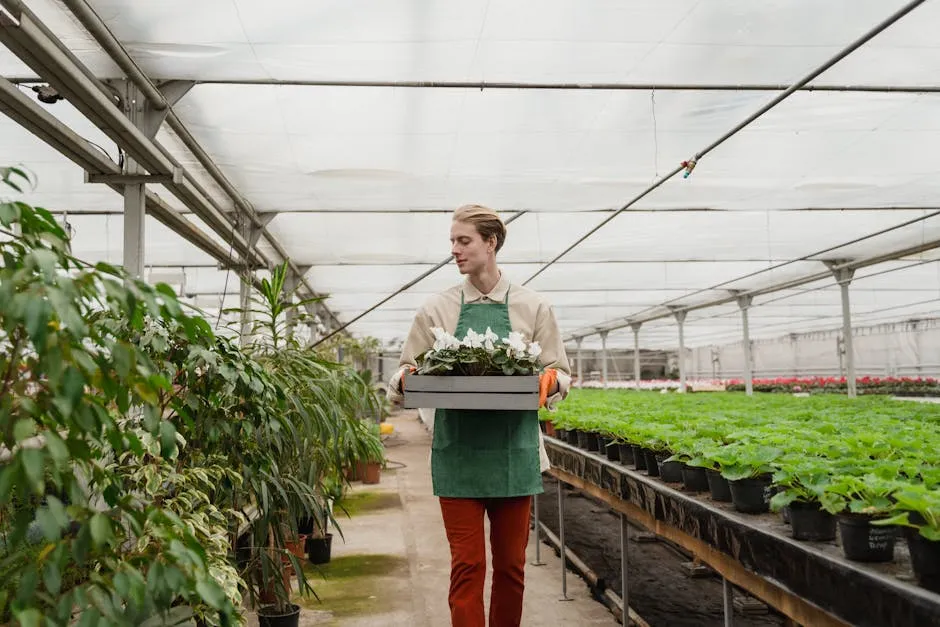
Spacing is crucial for plant health. Techniques like square foot gardening maximize your space. For instance, plant one tomato per square foot, but you can fit several radishes in the same area.
Companion planting can enhance yield too. Pairing plants, like basil with tomatoes, can deter pests and improve flavor. This thoughtful arrangement not only boosts production but also creates a lively garden environment! For more on this, check out companion planting strategies for increased yield.
To keep track of your plants and their growth, consider using Plant Labels. They’re a simple yet effective way to organize your garden!
Companion planting can significantly boost your garden’s productivity. Discover effective companion planting strategies.
Maintenance and Care
Watering Techniques
Watering is essential for your raised bed garden. Consistent moisture encourages plant growth. Check your soil regularly to maintain the right level of dampness.
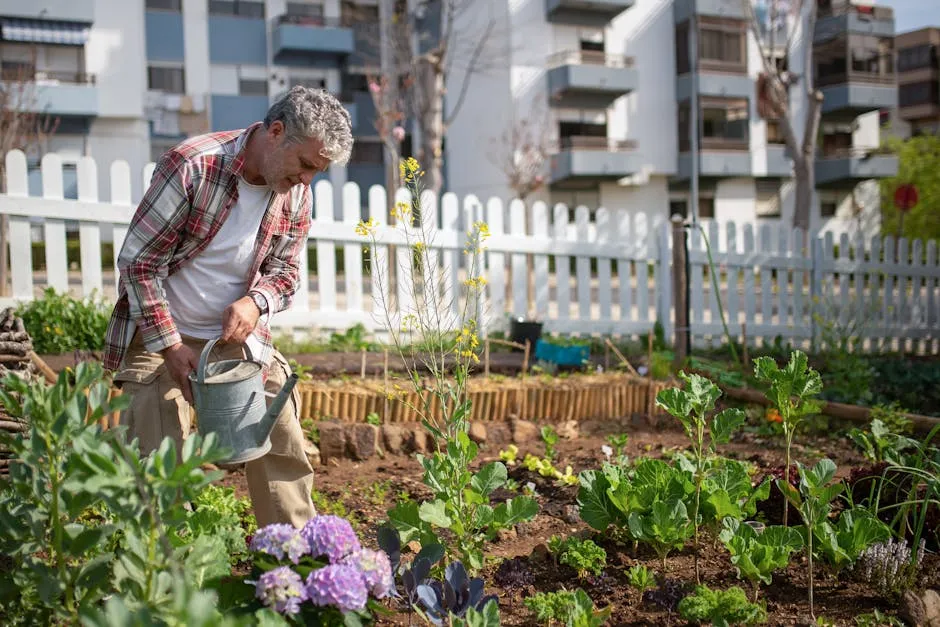
Different methods can help. Drip Irrigation Kits provide a slow, steady supply of water directly to the roots, reducing waste and preventing overwatering.
If you prefer hand watering, do so in the early morning or late evening. This timing minimizes evaporation. Adding a layer of mulch around your plants also helps retain moisture. With these techniques, your garden will flourish!
Weeding and Pest Control
Managing weeds and pests in your raised bed garden is essential for plant health. Start with mulch; it suppresses weeds and retains soil moisture. Apply a 2-3 inch layer of organic mulch, like straw or wood chips. This barrier prevents weeds from sprouting and makes your garden look tidy.

Regular monitoring is crucial. Check your beds weekly for any emerging weeds. Hand-pulling is effective, especially when weeds are small. Make it a routine after watering or rainfall, as the soil will be softer.
For pest control, consider natural methods first. Introduce beneficial insects like ladybugs and lacewings; they eat aphids and other pests. You can also plant flowers that attract these helpful bugs. Companion planting is another smart approach. For example, marigolds repel nematodes and other harmful insects.
Don’t forget to use barriers like Row Covers for Pest Protection. They protect young plants from pests while allowing light and moisture to penetrate.
If you notice a pest outbreak, try neem oil or insecticidal soap for quick treatment. These methods are safe and effective without harsh chemicals. By staying proactive, you can enjoy a thriving, pest-free garden!
Common Mistakes to Avoid
Top Mistakes in Raised Bed Gardening
Raised bed gardening can be rewarding, but common mistakes can hinder success. First, overcrowding your plants is a frequent error. Each plant needs space to grow; otherwise, they compete for nutrients and water. Follow spacing guidelines for each type of plant.

Neglecting soil health is another pitfall. Always use a nutrient-rich mix and amend it regularly. Healthy soil ensures robust plant growth and reduces pest problems. Remember to test your soil each season to maintain its quality. A Garden Soil Test Kit can help you monitor your soil health!
Ignoring sun exposure and drainage needs is also critical. Raised beds should be placed in full sun, ideally receiving 6-8 hours daily. Ensure your beds have proper drainage; excess water can lead to root rot. Elevating soil promotes good drainage, but check regularly to avoid pooling. By avoiding these pitfalls, you’ll set yourself up for gardening success!
Conclusion
Raised bed gardening offers numerous advantages, such as better soil control and easier access. It’s a fantastic way to grow fresh produce right in your backyard. Don’t hesitate to experiment with different plants and techniques to find what works best for you.
Your gardening experience should be as unique as your taste! Share your raised bed gardening stories or tips in the comments below. Let’s learn from each other and make our gardens thrive!
FAQs
What vegetables are best suited for raised bed gardening?
Raised beds are perfect for a variety of vegetables. Leafy greens like lettuce and spinach thrive, as do root vegetables such as carrots and beets. Tomatoes and peppers also love the warmer soil. Herbs like basil and parsley do well too. Each crop has unique growth habits. For instance, deep-rooted plants need more soil depth, while shallow-rooted ones can fit snugly together. Always consider your climate and space when selecting vegetables.
How deep should a raised bed be for root vegetables?
The depth of your raised bed depends on the type of root vegetable you’re growing. For carrots and radishes, a depth of 12 inches works well. This allows plenty of room for roots to develop. However, for larger roots like potatoes or sweet potatoes, aim for at least 18 inches. This extra depth supports healthy growth and better yields. Always check the specific needs for each vegetable to ensure optimal results.
Can I use treated wood for raised beds?
Using treated wood for raised beds has raised concerns. Older treatments contained harmful chemicals that leached into the soil. However, newer treatments are safer. They often use less toxic substances like alkaline copper quaternary (ACQ). If you’re unsure, consider using untreated wood like cedar or redwood. These options are naturally resistant to rot and pests. It’s essential to prioritize your garden’s safety when choosing materials.
How do I prevent my raised bed soil from drying out too quickly?
To keep your raised bed soil moist, start with good watering practices. Water deeply but less frequently to encourage root growth. Adding a layer of mulch helps retain moisture. Organic materials like straw or wood chips work well. You can also consider using drip irrigation systems for consistent moisture. Lastly, plant companion plants that provide shade to reduce evaporation. This combination keeps your garden hydrated and thriving.
What are some easy raised bed gardening projects for beginners?
Beginners can start with simple projects like a single raised bed for herbs or vegetables. A 4×4 foot bed is manageable and provides ample space. Consider creating a tiered bed for a unique look and better drainage. Another fun project is a vertical garden, using trellises to grow climbing plants. Lastly, try companion planting by mixing flowers with vegetables to attract beneficial insects. These projects are not only easy but also rewarding!
Please let us know what you think about our content by leaving a comment down below!
Thank you for reading till here 🙂
All images from Pexels



